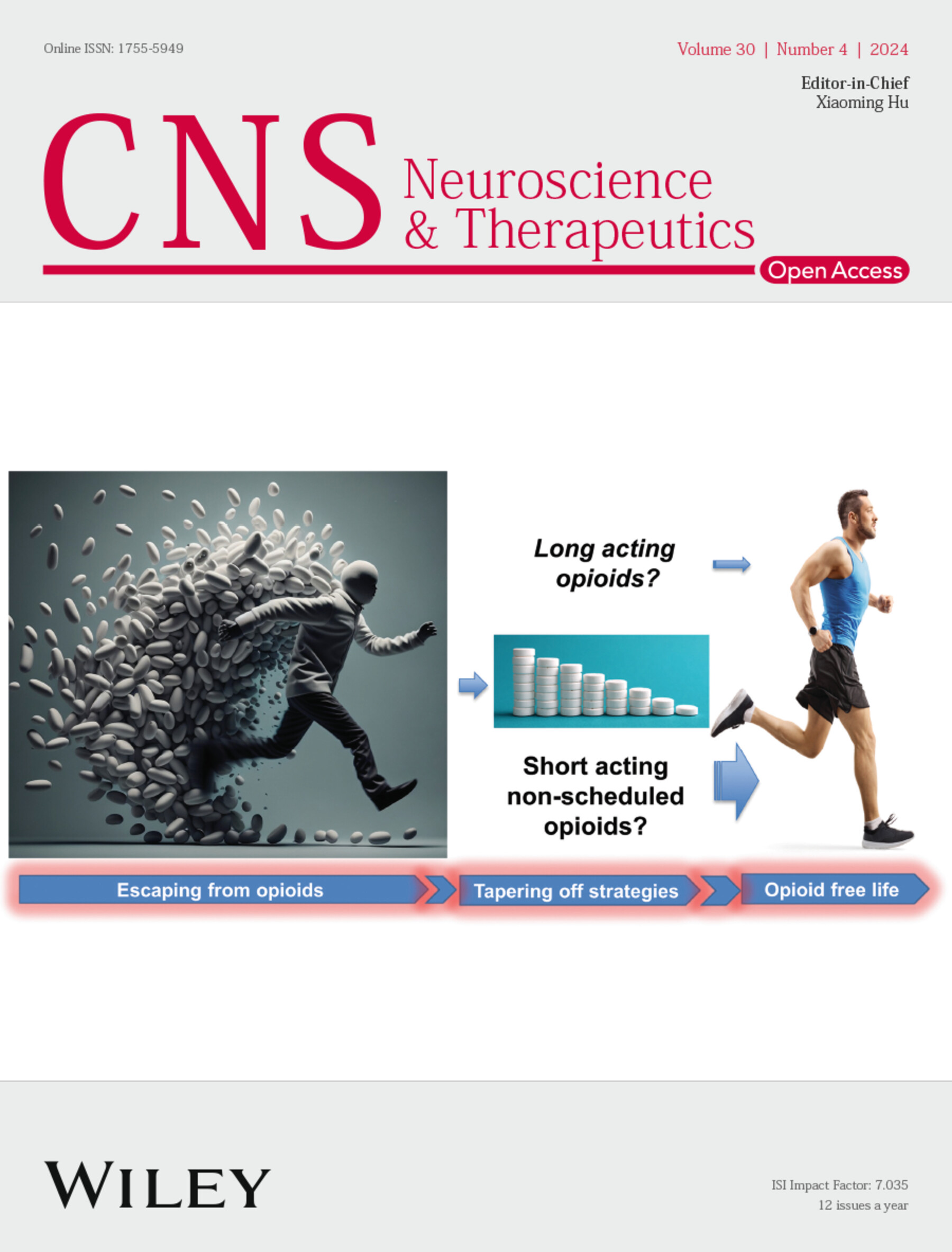Kisspeptin-10 Prevents the Development of Cerebral Aneurysms by Reducing the Expression of Egr-1
Abstract
Aims
Cerebral aneurysms (CAs) are a prevalent brain condition with poorly understood pathological features. The Kisspeptin-10 (KP-10)/G protein-coupled receptor 54 (GPR54) system is a vital neuroendocrine pathway primarily implicated in the regulation of reproductive functions and energy metabolism. This research explores the role of the KP-10/GPR54 system in CAs.
Materials and Methods
Serum levels of KP-10 in CA patients and animal models were assessed using commercial ELISA kits. Mice were divided into five groups: WT, GPR54−/−, CA, CA + KP-10, and CA + GPR54−/− + KP-10. The CA profiles were evaluated using Verhoeff-van Gieson staining. Human brain microvascular endothelial cells (HBMVECs) were stimulated with Ang II (10−7 mol/L) with or without KP-10 (50, 100 nM). Angiogenic tube formation was then assessed.
Results
We found that KP-10 levels were reduced in both CA patients and mouse models. In CA mice, Gpr54 expression in the Circle of Willis (COW) was also decreased. KP-10 reduced CA size in wild-type mice, but not in Gpr54 knockout mice. It also reduced matrix metalloproteinase-9 (MMP-9), macrophage infiltration, and vascular endothelial growth factor-A (VEGF-A) expression, effects that were absent in Gpr54 knockout mice. In vitro, KP-10 inhibited Ang II-induced proliferation, angiogenic tube formation, and VEGF-A expression in HBMVECs by reducing early growth response-1 (Egr-1). These effects were abolished when Gpr54 was knocked down, indicating that KP-10's action is dependent on Gpr54.
Conclusion
This study shows that KP-10 binding to Gpr54 inhibits Egr-1 expression, thereby suppressing MMP-9 and VEGF-A, reducing macrophage infiltration and angiogenesis, and preventing cerebral aneurysm development. Thus, the KP-10/Gpr54 system is a key therapeutic target for the treatment of cerebral aneurysms.

 求助内容:
求助内容: 应助结果提醒方式:
应助结果提醒方式:


